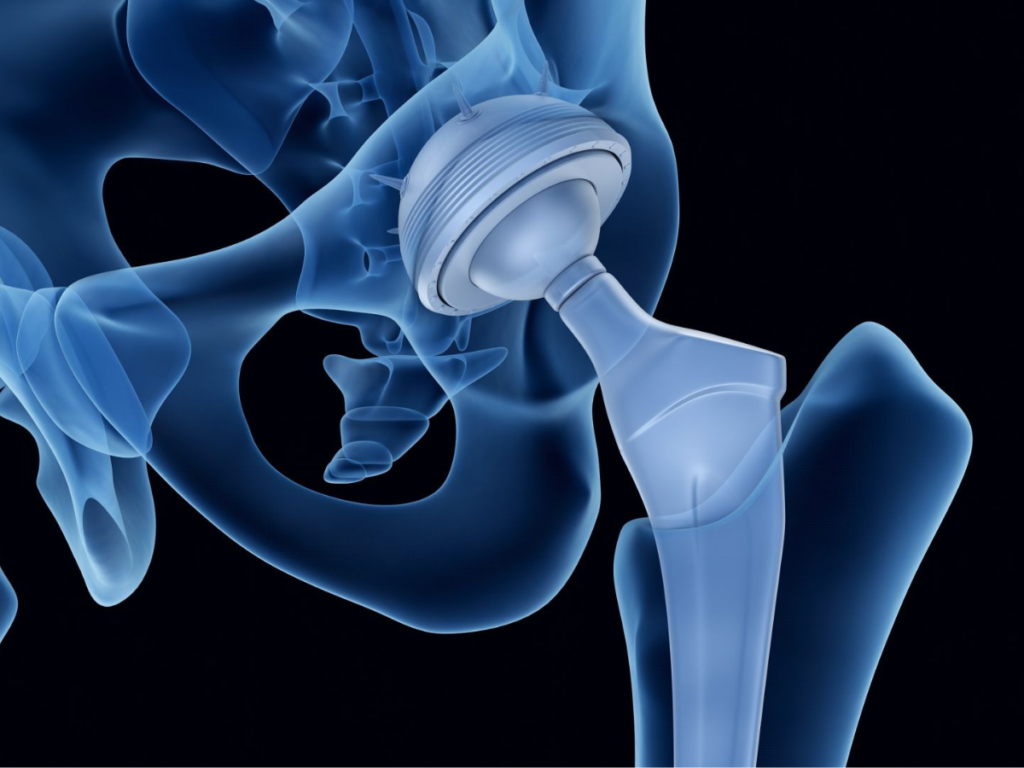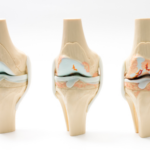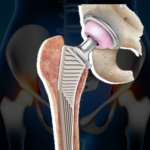
Hip replacement surgery has revolutionized the lives of millions, offering relief from chronic pain and restoring mobility. Despite its proven success, numerous myths and misconceptions persist, causing apprehension and hesitation among those considering this procedure. Addressing these misconceptions is crucial in empowering individuals with accurate information and enabling them to make informed decisions about their health. In this comprehensive guide, we’ll debunk common myths surrounding hip replacement surgery.
Myth 1: Hip Replacement Surgery is Only for the Elderly
One prevalent misconception is that hip replacement surgery is exclusively for the elderly. While it’s true that age-related conditions like osteoarthritis often necessitate hip replacements, this surgery isn’t limited by age. Younger individuals experiencing hip pain due to injury, congenital conditions, or diseases like rheumatoid arthritis can also benefit from this procedure. Advanced medical techniques and prosthetic materials have expanded the eligibility criteria for hip replacements, catering to a broader age range.
Myth 2: Hip Replacements are Only for Severe Cases
Another myth suggests that hip replacement surgery is a last resort option for extreme cases of hip degeneration. However, advancements in medical technology allow surgeons to intervene earlier, preventing further deterioration and improving the patient’s quality of life. Waiting until the condition worsens significantly can sometimes limit the effectiveness of the surgery and prolong the recovery process. Consulting with a healthcare professional early on can explore various treatment options, including hip replacement, tailored to individual needs.
Myth 3: Recovery from Hip Replacement is Lengthy and Painful
There’s a common misconception that the recovery period after hip replacement surgery is excessively long and painful. While rehabilitation and recovery are essential parts of the process, advancements in surgical techniques, pain management, and post-operative care have significantly reduced discomfort and accelerated recovery times. Many patients experience relief from pre-surgery pain almost immediately after the procedure. With proper guidance from healthcare providers and adherence to rehabilitation protocols, individuals often regain mobility and resume normal activities within a few weeks.
Myth 4: Hip Replacements Don’t Last Long
Some people believe that hip replacements have a limited lifespan and require frequent revisions or replacements. However, modern prosthetic materials, such as highly durable metals, ceramics, and advanced plastics, have substantially increased the longevity of hip implants. While the lifespan of implants can vary based on factors like a patient’s age, activity level, and implant type, many prosthetics last for two decades or more. Regular follow-ups with healthcare providers and adopting a healthy lifestyle can contribute to prolonging the lifespan of hip replacements.
Myth 5: Hip Replacement Surgery Involves Significant Risks
There’s a misconception that hip replacement surgery is highly risky and fraught with complications. While like any surgical procedure, hip replacement carries some inherent risks, advancements in surgical techniques, anesthesia, and post-operative care have significantly reduced these risks. Serious complications are relatively rare, and the majority of patients undergo surgery without encountering significant issues. Healthcare providers thoroughly assess patients’ health conditions before surgery to minimize potential risks.
Myth 6: Hip Replacement Surgery Limits Physical Activity
Many individuals fear that undergoing hip replacement surgery will restrict their ability to engage in physical activities or sports they enjoy. Contrary to this belief, hip replacement aims to alleviate pain and enhance mobility, enabling patients to return to an active lifestyle. While high-impact activities may need to be moderated, most patients can resume low-impact exercises, walking, swimming, golf, and cycling after fully recovering from surgery. Patients are encouraged to consult with their healthcare providers to determine suitable activities post-surgery.
Myth 7: You’ll Never Be the Same After Hip Replacement
Some individuals worry that undergoing hip replacement surgery will fundamentally change their lives or hinder their ability to perform daily tasks. However, the primary goal of this surgery is to improve the quality of life by reducing pain and restoring mobility. With proper rehabilitation and adherence to post-operative instructions, many patients experience a significant improvement in their ability to carry out daily activities, allowing them to lead fulfilling and active lives.
Summary:
Dispelling myths and misconceptions surrounding hip replacement surgery is essential in empowering individuals with accurate information. Understanding the realities of this procedure enables informed decision-making and alleviates unnecessary fears. With advancements in medical technology, hip replacement surgery continues to offer a transformative solution for those suffering from debilitating hip conditions. Consulting with healthcare professionals and seeking reliable information are crucial steps in considering this life-changing procedure.
By debunking these myths, we hope to encourage individuals to approach hip replacement surgery with a clearer perspective, ultimately improving their well-being and restoring their mobility and quality of life.
It is important to acknowledge the expertise and dedication of medical professionals like Dr. Saurabh Giri in the field of orthopedic surgery. Specialists like Dr. Giri play a pivotal role in debunking myths, providing accurate information, and guiding patients through the process of hip replacement surgery. Their commitment to patient care, coupled with their knowledge and skill, contributes significantly to the successful outcomes of these procedures.
By addressing these misconceptions and recognizing the contributions of experts like Dr. Saurabh Giri, we hope to encourage individuals to approach hip replacement surgery with confidence and a clearer understanding. Making informed decisions, seeking guidance from healthcare professionals, and being aware of the advancements in medical technology can significantly improve the quality of life for individuals suffering from debilitating hip conditions.
In the end, the goal remains the same: to alleviate pain, restore mobility, and enable individuals to lead fulfilling, active lives post-surgery.




